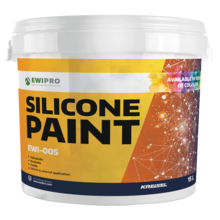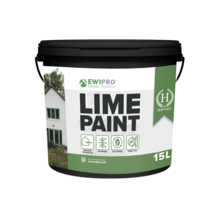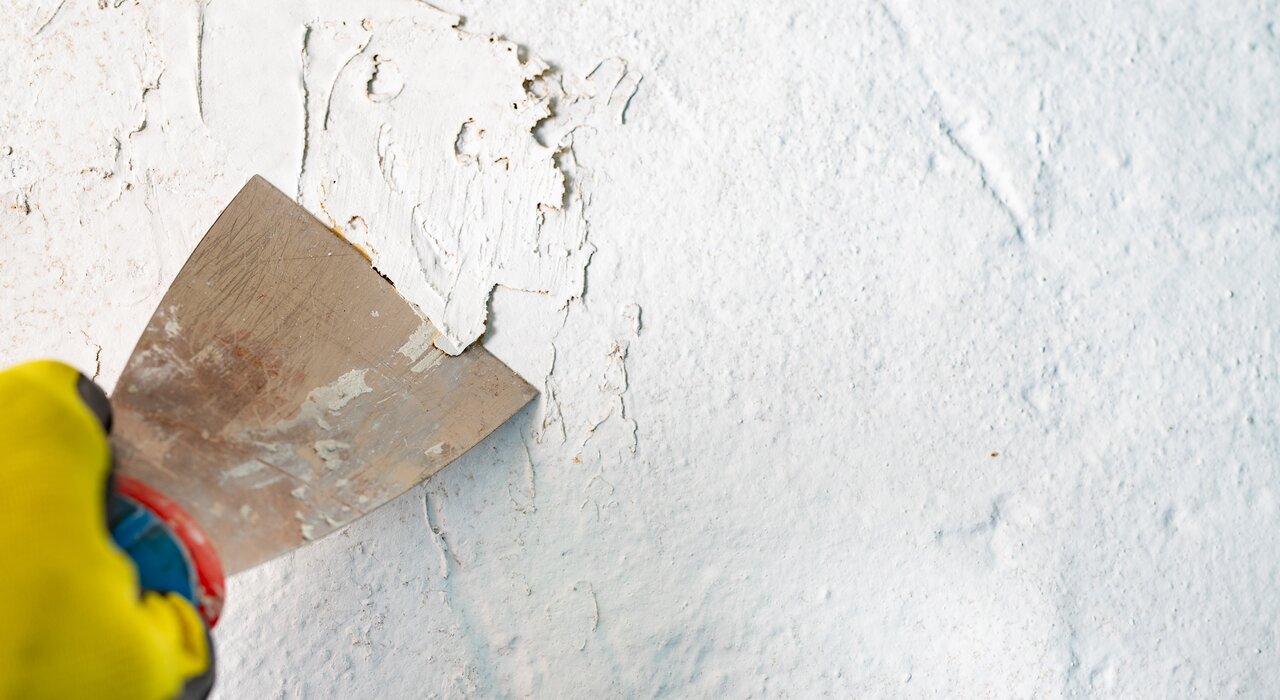
Stripping paint off walls is a vital part of many renovation projects. Whether you're planning to repaint, expose the bare wall or apply a specialist finish, removing old layers of paint prepares the surface for a high-quality, long-lasting result. However, the process can be challenging depending on the paint type and underlying surface. This guide covers the latest techniques to help you strip paint efficiently and safely, and provides an updated comparison of modern finishing paints.
Prioritise Safety Before You Begin
Safety is key. Before starting any paint-stripping work, make sure to:
-
Wear protective gear: Use gloves, goggles and a respirator mask. These will protect you from sharp tools, chemical exposure and inhaling dust or fumes.
-
Ventilate the area: Open windows and use fans to circulate air, particularly when working with chemical strippers or heat guns.
-
Protect your surroundings: Lay down dust sheets or plastic sheeting to catch paint chips and prevent damage to floors and furnishings.
Choosing the Right Paint Removal Technique
Before deciding which method to use, assess your wall surface and paint type. Some methods work best on plaster, others on wood or masonry. Layer thickness, moisture sensitivity and age of the paint will also play a role. Here’s a breakdown of the most effective techniques used today:
Sanding
Sanding remains a go-to method for surface preparation and paint removal. Use an electric sander for larger areas and hand sanders for detail work. Fine-grade sandpaper (180–220 grit) is ideal for removing paint without damaging the surface underneath. To reduce mess and health risks, connect your sander to a vacuum system or use one with an integrated dust collection bag.
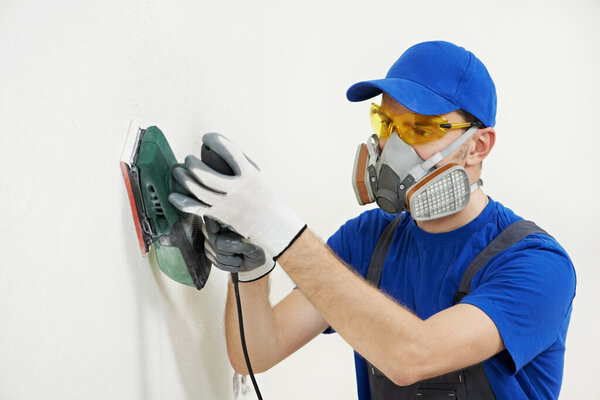
Scraping
Scrapers work best for peeling, flaking or bubbling paint. For precision, opt for ergonomic wallpaper scrapers or multi-tools. Improve the effectiveness by softening the paint first with heat or steam, then scrape using moderate pressure to avoid gouging the wall beneath.
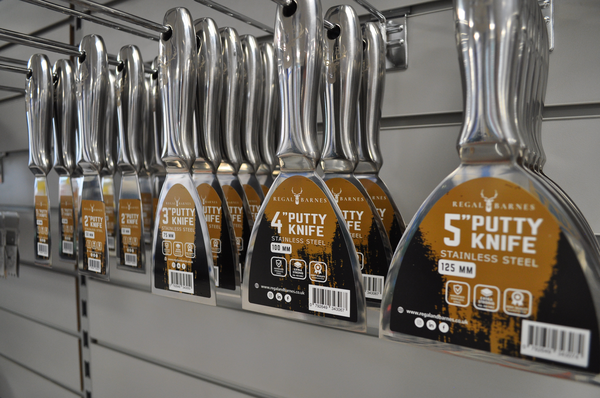
Chemical Paint Strippers
Today’s chemical strippers are more environmentally friendly and low-VOC than in the past. Gel-based formulations are ideal for vertical surfaces, reducing drips. Apply with a brush and allow the product to work per the manufacturer's instructions before scraping. Always rinse or neutralise the surface afterwards to ensure a clean base for refinishing.
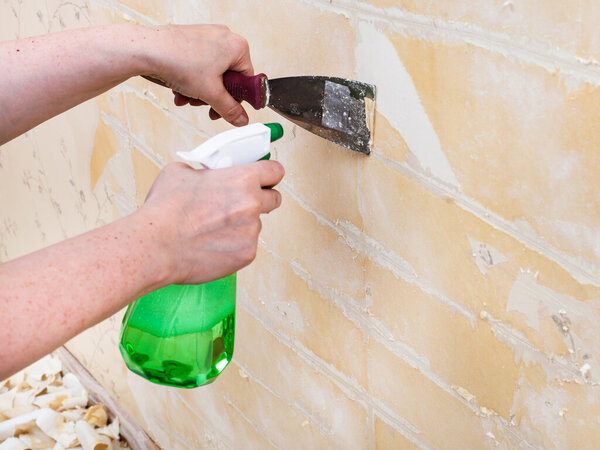
Heat Guns
Modern heat guns offer variable temperature controls and nozzle attachments for targeted work. Use them to soften thick or stubborn paint before scraping. Hold the gun 10cm from the surface, moving it slowly. Avoid overheating plaster or timber, which could cause damage. Always wear heat-resistant gloves and eye protection.
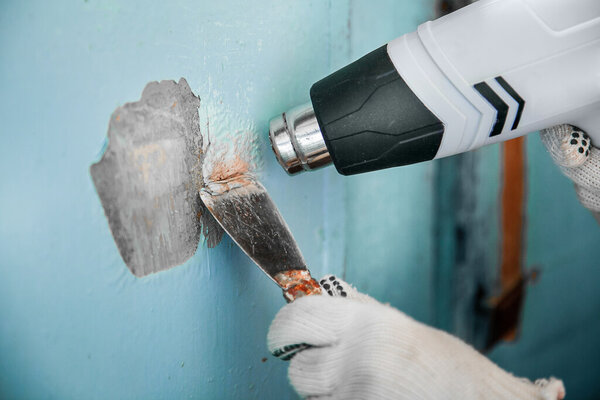
Steamers
Wall steamers are a gentle yet effective method for removing layers of old paint, especially on older plaster walls. Newer models have wider, insulated pads and safety features to reduce scalding risk. Hold the pad against the wall for 30 seconds, then test-scrape. If needed, reapply. Steamers are particularly useful for removing paint from textured surfaces or difficult corners.
Which Paint Should You Use Next?
Once your walls are stripped, choosing the right type of paint is crucial. Here’s a breakdown of three high-performance, breathable options:
Silicone Paint
-
Usage: Interior and exterior
-
Key Features: Highly durable and hydrophobic (water-repellent), making it ideal for external facades and high-moisture internal spaces like kitchens and bathrooms.
-
Breathability: Excellent – allows vapour to escape while repelling liquid water.
-
Application: Easy to apply with roller or spray; ideal for sealing topcoats over systems like Mineral Render.
-
Finish: Smooth, modern look with long-term colour stability.
-
Drawbacks: Less natural in appearance; synthetic formulation.
Premium Bio Paint
-
Usage: Interior spaces, especially homes prioritising sustainability
-
Key Features: Natural ingredients (e.g. clay, chalk, plant oils), free from toxins and VOCs. Excellent for allergy-sensitive environments.
-
Breathability: Very high – ideal for heritage or solid wall buildings.
-
Application: May require more surface preparation; apply in thin coats.
-
Finish: Soft, matte finish with subtle tonal variation; adds warmth and texture.
-
Drawbacks: Not as durable in high-traffic or damp areas; may need more frequent reapplication.
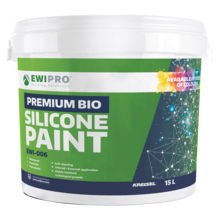
Lime Paint
-
Usage: Interior and exterior, especially heritage or traditional buildings
-
Key Features: Made from natural slaked lime; inherently mould-resistant due to its high pH. VOC-free and highly sustainable.
-
Breathability: Exceptional – allows walls to "breathe," helping to regulate humidity and prevent damp.
-
Application: Requires misting the surface beforehand; best applied in thin coats with a brush.
-
Finish: Textured, chalky aesthetic with visible brush marks and tonal variation that develops patina over time.
-
Drawbacks: Longer drying time; can be less predictable in application for beginners.
Conclusion
Stripping paint doesn’t need to be a daunting task with the right tools, techniques and safety practices. Whether you opt for the toughness of silicone paint, the eco-conscious appeal of premium bio paint or the heritage charm of lime paint, understanding their properties ensures your finish is not only beautiful but appropriate for the space and substrate.

